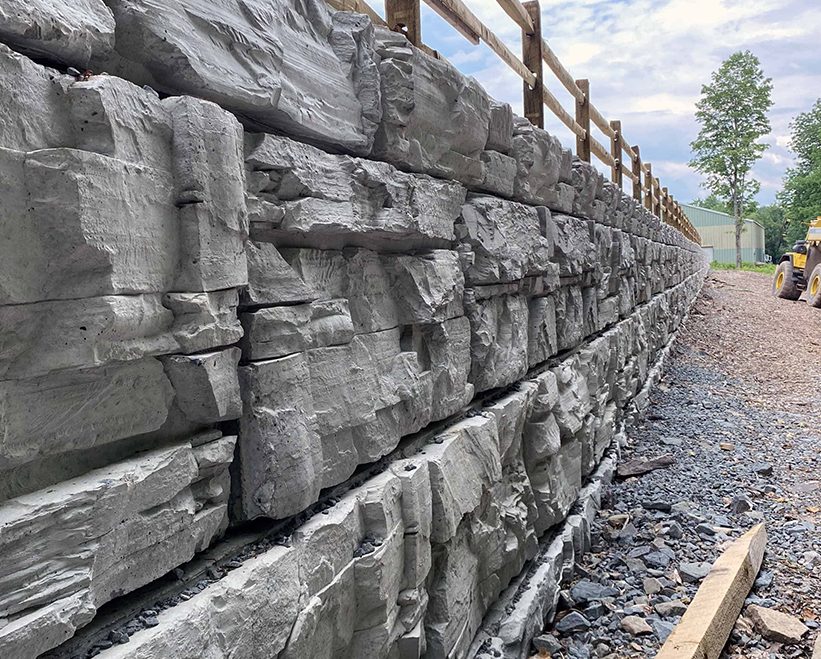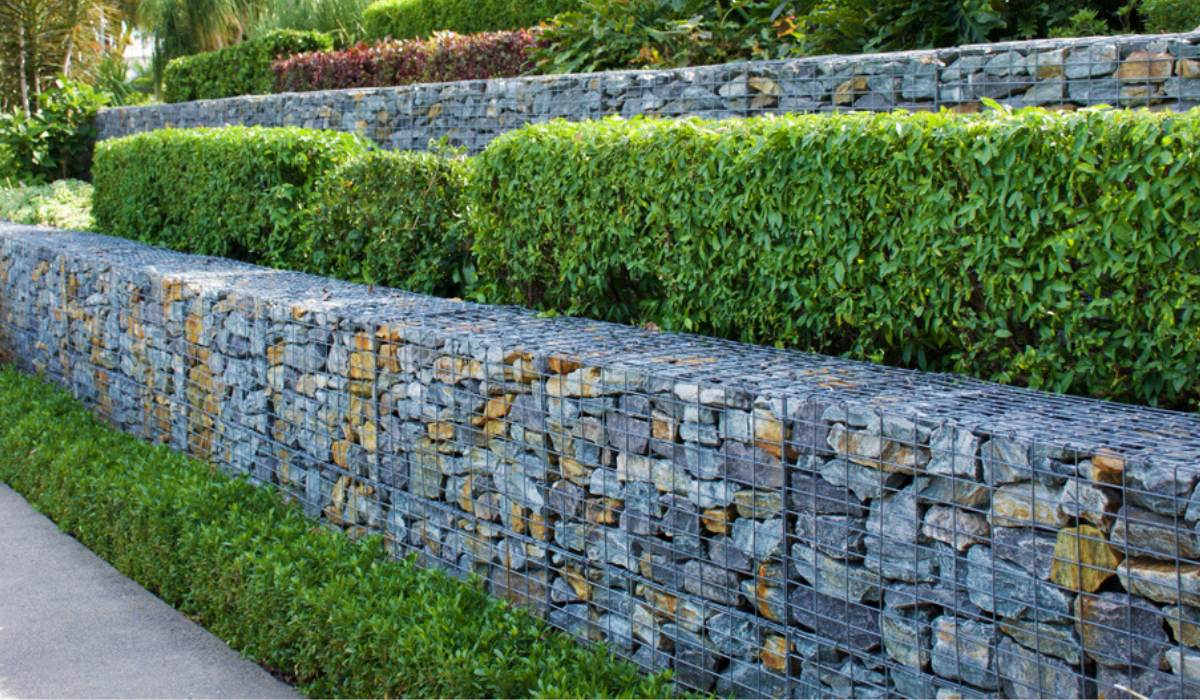11 "Faux Pas" That Are Actually Okay to Make With Your FLETCHERS RETAINING WALLS

Content
- Popular Types of Wood used in the Construction Industry - FLETCHERS RETAINING WALLS
- Why You Should Consider A Two-In-One Landscape Design - RETAINING WALLS ADELAIDE
- View Our Retaining Wall Inspiration Gallery - SA
- Retaining Walls Provide Stability - RETAINING WALLS ADELAIDE
- Retaining Walls - FLETCHERS RETAINING WALLS
Popular Types of Wood used in the Construction Industry - FLETCHERS RETAINING WALLS
Preserving walls are frameworks built to hold back soil, rock, or other products and also prevent them from wearing down or falling down. They are commonly used in landscaping and construction to produce degree locations, stop landslides, as well as supply security to sloping surface. Maintaining wall surfaces can be constructed from various materials, such as concrete, rock, block, or wood, and be available in various styles and designs. In this write-up, we will certainly discuss the benefits of keeping walls, the different kinds of preserving wall surfaces, and also the variables to consider when building a keeping wall. Benefits of Retaining Walls: Retaining walls provide several advantages, consisting of: Protect against dirt disintegration: Maintaining walls hold back soil and also stop it from wearing down or breaking down, which can safeguard the surrounding environment and also protect against damages to property. Develop degree areas: Retaining wall surfaces can be utilized to create degree areas on sloping surface, supplying additional functional area for landscape design or construction.
Enhance landscape layout: Retaining walls can include aesthetic interest as well as measurement to a landscape, creating chances for growing or attractive functions. Lower maintenance: Keeping wall surfaces can help in reducing maintenance by avoiding dirt disintegration and safeguarding the bordering landscape from damages. Provide stability: Keeping wall surfaces can give security to sloping terrain, avoiding landslides or other dirt activities that can be dangerous or damaging. Kinds Of Maintaining Wall Surfaces: There are numerous types of retaining walls, each with its distinct functions and also advantages. One of the most usual types of retaining walls are: Gravity Keeping Walls: Gravity maintaining wall surfaces count on their weight and also the weight of the product they keep back to give security. They are constructed from hefty products, such as concrete, rock, or block, and also are typically wider at the base than at the top to offer extra stability.
- Second, erosion can present safety concerns on steep slopes where rushing water may actually impede traffic or even destroy the land.
- A retaining wall can designate a shift of function within an outdoor feature such as a patio.
- By using a retaining wall near a border or slope, you provide leveled surfaces on inclined planes.
- Well-designed brick retaining wall can serve dual purpose – it can provide an outer shelf for plants and can also be utilized for picnic supplies or yard games.
- Such walls intensify an aesthetic appeal to the structure and its surrounding.
- Erosion is particularly concerning in areas without trees or shrubs extending their roots into the soil.
- Depending on the slope and grade of a landscape, water may pool and even flood certain areas.
- This makes retaining walls all the more important, especially if your landscape does not feature a lot of trees and shrubs to hold the soil in place.
- Regardless of materials, retaining walls achieve the result of creating terracing in a sloped area and holding soil in place.
- There are a number of benefits to having a retaining wall, ranging from reducing soil erosion to increasing your property value.
- We are a local and family-owned landscaping company offering a variety of landscape services, from new installations and complete renovations, to simple improvements.
- We have the resources, experience, and expertise to help you create and maintain your property in excellent condition.

Cantilever Retaining Walls: Cantilever maintaining wall surfaces utilize a strengthened concrete slab or beam to hold back the material they sustain. They are designed to move the weight of the product to a strong footing, producing a counterbalance to the material's weight. Sheet Pile Preserving Wall Surfaces: Sheet stack maintaining walls use interlacing steel, concrete, or timber sheets to keep back the material they support. They are often made use of in locations with restricted area or where excavation is challenging. Anchored Retaining Wall Surfaces: Secured keeping walls make use of wires or poles anchored to the material they sustain to supply extra stability. They are commonly made use of in areas with high soil stress or where the material being supported is specifically hefty.
View Our Retaining Wall Inspiration Gallery - RETAINING WALLS ADELAIDE
Elements to Consider When Structure a Retaining Wall: When developing a keeping wall surface, a number of elements require to be thought about to ensure its security as well as longevity. One of the most essential factors to take into consideration include: Dirt Problems: The soil problems, such as the type of dirt, moisture web content, as well as soil stress, can affect the layout as well as construction of a maintaining wall. The dirt must be tested prior to construction to ensure that the maintaining wall is constructed to endure the stress and weight of the product being held back. Drain: Proper drain is necessary to prevent water from collecting behind the retaining wall surface, which can create it to RETAINING WALLS ADELAIDE stop working. A water drainage system, such as a perforated pipe, need to be installed to enable water to flow easily far from the keeping wall surface.

Height: The height of the preserving wall is a crucial factor to think about, as taller wall surfaces require more significant construction as well as added reinforcement to avoid failing. A competent designer needs to be sought advice from when constructing a keeping wall over 4 feet high. Material: The material utilized to create the retaining wall can impact its security, resilience, as well as look. The product needs to be chosen based on the atmosphere, the product being kept back, and the desired aesthetic. Style: The layout of the preserving wall ought to think about the surrounding setting. Prevent Soil Erosion: One of the main benefits of maintaining wall surfaces is their capacity to stop dirt disintegration. They keep back soil and prevent it from eroding or breaking down, which can secure the surrounding atmosphere as well as stop damages to building. Retaining walls also prevent water runoff from washing away the soil, which can cause significant damage to the landscape. Create Useful Room: Preserving wall surfaces can develop added useful room on sloping surface. They can be utilized to level out a sloping lawn, producing a flat area for outdoor activities such as bbqs, exterior eating, or horticulture. Maintaining wall surfaces can likewise be utilized to produce terraced gardens or to support a patio area or deck, giving added room for relaxation as well as home entertainment.